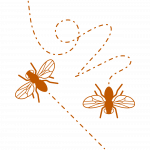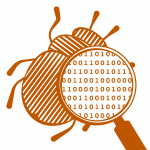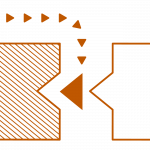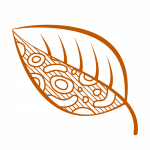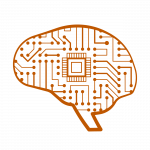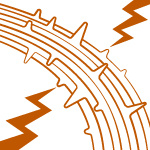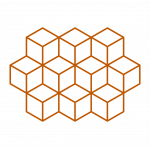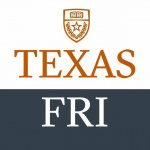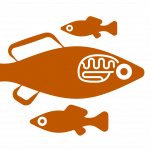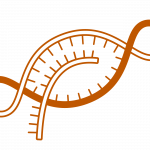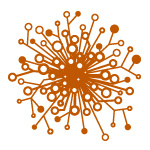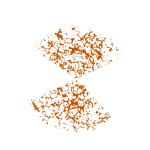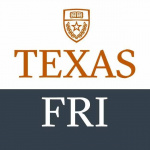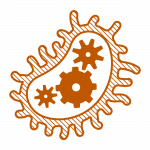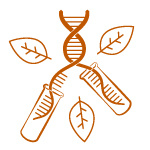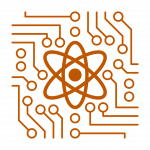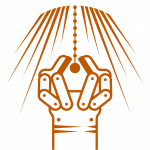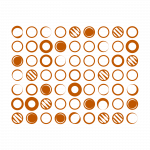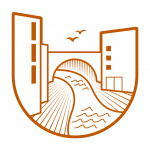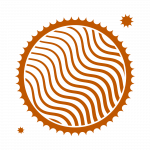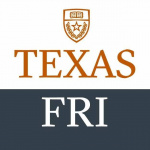Research Streams
The Freshman Research Initiative offers many 'research streams' in which undergraduate students work alongside scientists to make discoveries. Read more about each research stream and the faculty members and research educators leading them below. Search by related major or simply browse by your research interests.
**Fall-start streams are NOT AVAILABLE on the Stream Sort Form**
-
Bio-manufacturing
-
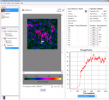
-
Computational Evolution
What can the evolution of self-replicating computer programs tell us about evolution in nature?
Research on self-replicating computer programs (digital organisms) enables students to experience evolution in action and to perform evolutionary experiments that would take years to complete with natural organisms. Digital organisms evolve to perform computational tasks. Completion of these tasks rewards the organisms with resources they can use to replicate faster and gain a competitive edge. Over time, faster-replicating organisms out-compete slower-replicating ones. Hence, the organisms evolve to complete increasingly complex tasks, in a manner that parallels the evolution of natural organisms. This stream is a good option for students who want to learn about computer science and evolutionary biology. This stream will be accepting transfer students for the 2014/2015 academic year.
Click here to read more about the Computational Evolution Stream.
Credit Options: BIO 321 or CS 378 Lab Meeting Time: M 4–5 PM
-

-
Computational Nanoparticles
Can we design better catalysts from nanoparticles?
This stream uses computation models to calculate the properties of nanoparticles and the chemical reactions that they catalyze. Students will be able to construct their own particles, each with a different composition and structure, and use quantum chemistry calculations to evaluate their properties in order to design new catalysts. Students may also design and investigate novel methods for finding the most stable configuration of atoms in nanoparticles. This stream also works in conjunction with an experimental nanoparticle stream. Students who find particularly promising catalytic nanoparticles will have the opportunity to synthesize their particles in the lab. Wacth the stream video here.
Click here to read more about the Computational Nanoparticles Stream.
Credit Option: CH 204/CH 108 Lab Meeting Time: M 3-4 pm
-
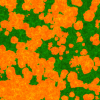
-
Cosmic Dawn
What are the differences between galaxies born and raised in regions of space that were either crowded or sparse, and how did these differences affect the end of the cosmic dark ages?
Prof. Shapiro's group studies the first billion years of cosmic time when the first galaxies and stars were born, the last window of cosmic time accessible to direct observation. To test current theory, they use supercomputers to simulate the formation of galaxies and large-scale structure in the expanding universe. When these galaxies formed stars, starlight escaped into the surrounding gas, heating and ionizing it. This "feedback" impacted future galaxy and star formation and left observable imprints on the universe which astronomers are just now beginning to detect. Students will help make new discoveries with the most advanced simulations in the world, performed at the Texas Advanced Computing Center at UT.
Click here to read more about the Cosmic Dawn Stream.
-

-
NEUROSCIENCE OF SYNAPSES
How do brain cells (neurons) and their connections (synapses) mediate learning and memory?
Synapses form neural circuits in the brain. Nanoscale imaging in the electron microscope is needed to determine where synapses are located and whether changes in synapse structure and composition are associated with learning and memory. Students engaged in this stream learn to identify, reconstruct in 3D, measure and analyze neuronal structures including: dendrites, axons, synapses, and subcellular components involved in synapse function. Opportunities exist to engineer improved computer imaging tools. Projects provide a strong foundation for understanding fundamental brain mechanisms. This stream will be accepting transfer students for the 2014/2015 academic year.
Visit the SynapseWeb for more information.
Credit Options: NSC 309, BIO 206L/BIO 102C Lab Meeting Time: T 4:00 PM











